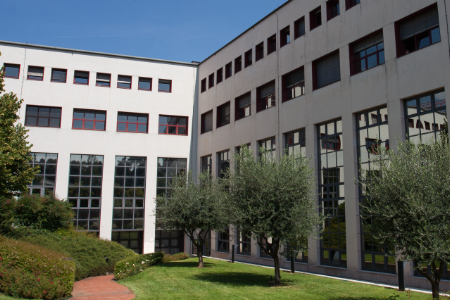Learning outcomes
The course aims to provide students with knowledge concerning methodology and contents of the experimental psychology of cognitive processes, focusing in particular on the relationship between the cognitive functions that the researchers aim to investigate and the tasks that they decide to use in order to do this.
More specifically, the course will touch upon some classic tasks used in the experimental research for the study of the cognitive functions (such as paper-and-pencil tasks, imaginative tasks, perceptual tasks, reaction times and inter-observational method) and discuss their implications, starting from the reading of the literature which provides examples of their applications.
The course will deal with some classic tools used in the study of cognitive functions such as perception, imagination, explicit knowledge, implicit knowledge, naïve knowledge, and expert knowledge, starting from the reading of some experimental papers which effectively exemplify the relationship between the cognitive functions to be studied and the tools to be used in order to achieve this goal.
In particular, it will be shown that paper-and-pencil tasks, imaginative tasks, direct perception tasks, motor action tasks, reaction times and the inter-observational method constitute suitable or unsuitable tools of analysis depending on the specific interests of the psychologists and on the nature of the processes that he/she aims to analyze.
Students will have the opportunity to participate, in small groups, in the planning and execution of pilot-experiments which feature the above-mentioned tasks.
Exam texts:
The texts for the exam consist of the following articles, which will be available on line:
- Bertaini, M., Latto, R., & Spooner, A. (2003). The Venus effect: people understanding of mirror reflection, in paintings. Perception, 32, 593-599.
- Bertamini, M., Spooner, A. & Hecht, H. (2003). Naive Optics: Predicting and Perceiving reflections in mirrors. Journal of Experimental Psychology: Human Perception and Performance, 29 (5), 982-1002.
- Bertamini, M., Lawson, R., Jones, L. & Winters, M. (2010). The Venus effect in real life and in photographs. Attention, Perception & Psychophysics, 72 (7), 1948-1964.
- Bozzi, P. e Martinuzzi, L. (1989). Un esperimento di interosservazione. Rivista di psicologia, nuova serie, 1, 11-46.
- Yates, J., Bessman, M., Dunne, M., Jertson, D., Sly, K., & Wendelboe, B. (1988). Are conceptions of motion based on a naïve theory or on prototypes? Journal of Experimental Psychology: Learning, Memory, and Cognition, 19(4), 952-966.
- McCloskey (1983). Fisica intuitiva, Le Scienze, n. 178, 108-118.
- Savardi, U., Bianchi, I., Bertamini, M. (2010). Naive prediction of orientation and motion in mirrors. From what we see to what we expect reflections to do. Acta Psychologica, 134 (1), 1-15.







